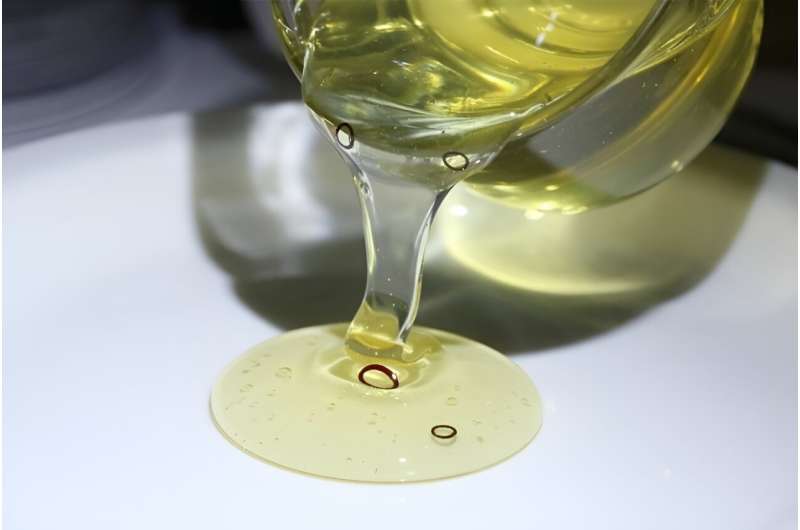Researchers from Tampere University and Anhui Jianzhu University have developed a groundbreaking soft robotic technology – the first toroidal, light-driven micro-robot that can navigate autonomously through viscous liquids, such as mucus. This innovation holds immense potential for medical and environmental applications, revolutionizing the field of soft robotics.

Unlocking the Secrets of Microscale Swimming
Inspired by nature’s ingenious solutions for micro-organisms to navigate viscous environments, scientists have long been fascinated by the unique challenges of swimming at the microscale. As physicist Edward Purcell introduced in 1977, the Stokes regime, where viscous forces dominate and inertial forces are negligible, poses a significant challenge for developing effective micro-robots.
Traditional micro-robotic designs have struggled to overcome the limitations of this low-Reynolds-number environment. However, the breakthrough by the Tampere University and Anhui Jianzhu University researchers has now simplified the control of swimming robots, eliminating the need for complex architectures. By harnessing the unique properties of liquid crystalline elastomers and a special zero-elastic-energy mode (ZEEM), these researchers have created a toroidal micro-robot that can move autonomously in viscous liquids, paving the way for revolutionary advancements in fields like medicine and environmental monitoring.
Light-Steerable Locomotion: The Key to Conquering Viscous Environments
At the heart of this groundbreaking innovation is the use of a synthetic material called liquid crystalline elastomer, which reacts to stimuli like lasers. When heated, this elastomer rotates on its own due to the ZEEM, a phenomenon caused by the interplay of static and dynamic forces.
By using a single beam of light to trigger this non-reciprocal motion, the researchers have enabled the toroidal micro-robot to autonomously determine its movements, overcoming the challenges of swimming in viscous liquids. This light-steerable locomotion not only allows for three-dimensional free swimming in the Stokes regime but also opens up new possibilities for exploring confined spaces, such as microfluidic environments. Additionally, these toroidal robots can switch between rolling and self-propulsion modes, further enhancing their adaptability to different environments.
Envisioning the Future: Collective Dynamics and Potential Applications
Beyond the immediate breakthrough, the researchers believe that future research will explore the interactions and collective dynamics of multiple tori, potentially leading to new methods of communication between these intelligent micro-robots.
The implications of this research extend far beyond the field of robotics, with promising applications in medicine and environmental monitoring. For instance, the researchers envision the use of these micro-robots for drug transportation through physiological mucus and unblocking blood vessels, once the devices are further miniaturized. Additionally, these innovations could contribute to advancements in environmental monitoring, enabling new ways to explore and understand complex natural systems at the microscale.
This latest study represents the culmination of findings from two major research projects, STORM-BOTS and ONLINE, which are focused on advancing the field of soft robotics and achieving self-sustained motion, respectively. With this breakthrough, the researchers have taken a significant step forward in realizing the full potential of micro-robotics, paving the way for a future where these intelligent, autonomous systems can navigate and interact with the microscopic world in unprecedented ways.
